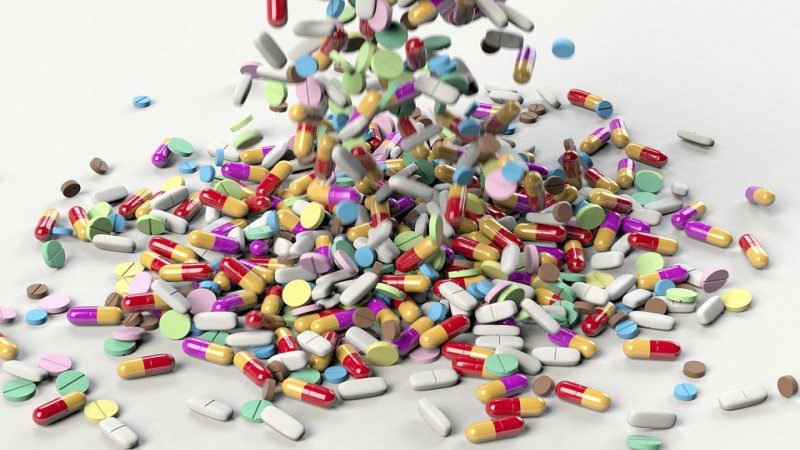If you are somebody that takes medications often, you are likely curious about what gives pills their designated colors. Most pills are white, while others are pink, yellow, red, blue, or anything else. Where do medications get their color and do they play a factor in their performance? We hope to answer these questions for you as you are looking for the best deal on prescription drugs.
Medicine has indeed come a long way in the kinds that we are familiar with today. For centuries, medicine was dominantly in the form of liquid or powders that were colorless and white in appearance, respectively. Egypt was in fact the first known civilization to create oral pills containing medical ingredients, mixed with bread or clay to give it form and tolerability. There is no way to show what these pills looked like back then, but we cannot imagine they would resemble the typical white pills we are used to today.
In 1833, another form of pill was invented known as the capsule. These pills are still used today, containing a powdered form of medicine, and are commonly known by their two-tone shell design, such as light green and dark green. These capsules were invented as an alternative to powdered medicine so that patients can take one or two of these pills and get the proper dose they need every time. The colors on these capsules bore no real significance at the time and were rather to help identify capsules. But many do not classify this as medicine being colored, as the powder inside isn’t colored, while the colored shell dissolves after a half hour being in the stomach. Today, capsule medications typically have a more natural color scheme to them, such as white and light tan.
In the 1960s and 70s, a new kind of pill was introduced, known as the “soft gel” pill. It was much like the capsule pill, with a transparent outer layer encasing a dose of liquid medicine. These pills are colorful and vibrant. Deep, cherry red, and warm, sunshine yellow are two colors that are still available in the form of soft gels today. There are tens of thousands of different colors that drug manufacturers can choose from for the appearance of their products. Some even associate colors for soft gels with certain seasons or times of the day. For instance, non-drowsy cold and flu soft gels are amber, whereas drowsy cold and flu soft gels are greenish blue, to signify day and night time doses.
Regarding traditional, solid tablets, every pill was known to be white and round; nearly zero distinction between the two drugs other than their amber bottles or labels. Not even liquid medicine had any real color to it; the only exception being Pepto-Bismol.
It was only shortly after the creation of soft gels that researchers figured out how to make colored coating for white pills. While the inside of colored pills is still white, they have an exterior that looks more appealing to patients, despite not having as much range or variety as tinted softgels. These coatings were primarily added to pills to make them smoother so that they would travel faster through a person’s digestive system. These coatings also dissolve when they enter the stomach.
Conclusion
Consumable pills have come a long way since their Egyptian roots. If you need to buy Estring online or another medication, white is the color most medicines are naturally. Capsules and softgels have shells containing different colors, whereas solid pills require a coating to give them a different color.
